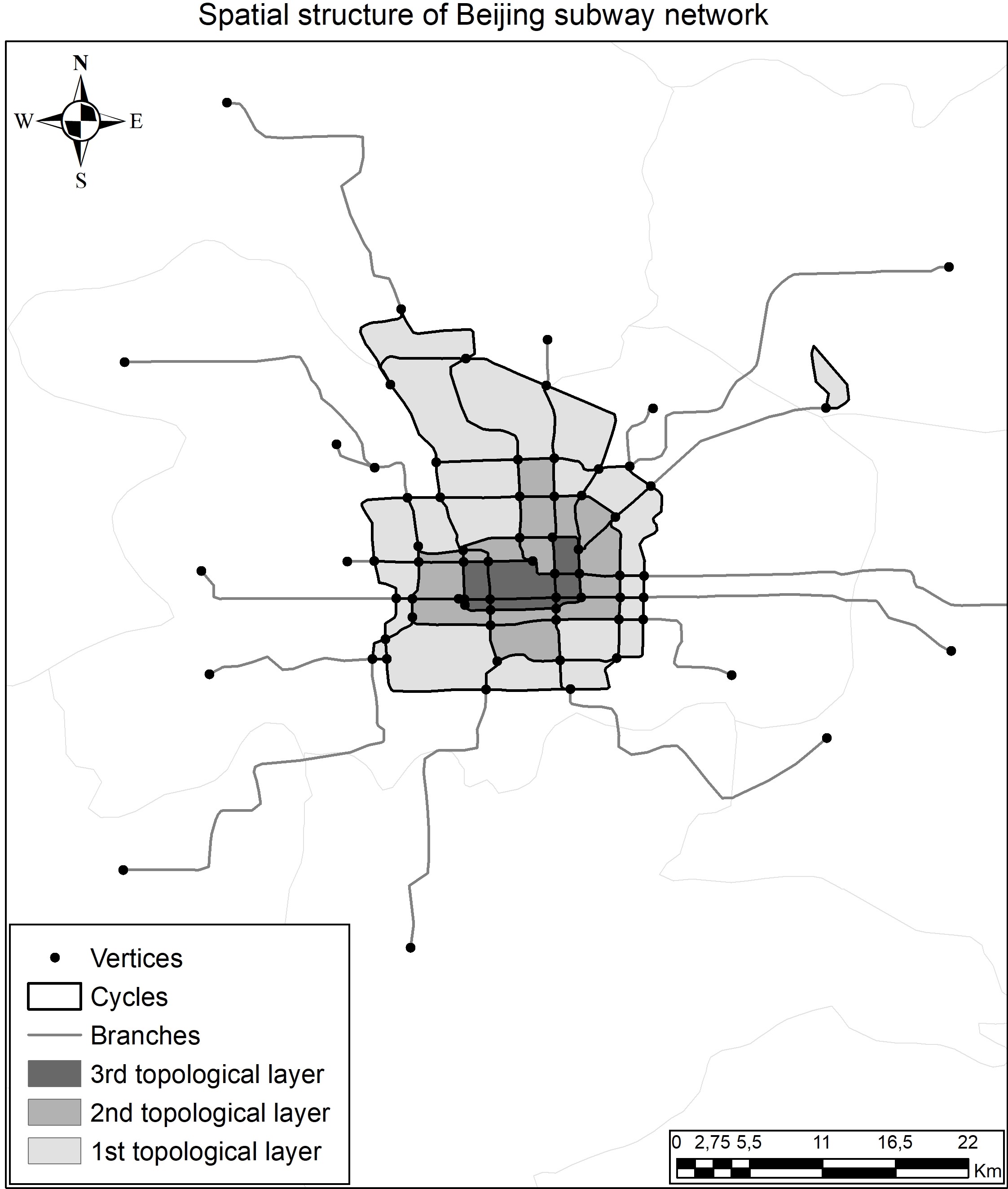
Evolution of Spatial Structure of the World’s Biggest Subway Networks
https://doi.org/10.31857/S2587556620010161
Abstract
References
1. Tarkhov S.A. Evolyutsionnaya morfologiya transportnykh setei [Evolutional Morphology of Transport Networks]. Smolensk, Moscow: Universum Publ., 2005. 384 p.
2. Derrible S., Kennedy C. A network analysis of subway systems in the world using updated graph theory. Transport. Res. Rec., 2009, vol. 2112, no. 1, pp. 17–25.
3. Gattuso D., Miriello E. Compared analysis of metro networks supported by graph theory. Netw. Spat. Econ., 2005, vol. 5, no. 4, pp. 395–414.
4. Haggett P., Chorley J. Network Analysis in Geography. London: Edward Arnold Publ., 1969. 348 p.
5. Kansky K.J. Structure of Transportation Networks: Relationships between Network Geometry and Regional Characteristics. Chicago: Univ. of Chicago, 1963. 155 p.
6. Lam T.M., Schuler H.J. Public Transit Connectivity. Irvine: Univ. of California, 1981, vol. 1. 51 p.
7. Lam T.N., Schuler H.J. Connectivity index for systemwide transit route and schedule performance. 61st Annual Meeting of the Transportation Research Board. Washington, D.C., 1982, pp. 17–23.
8. Musso A., Vuchic V.R. Characteristics of metro networks and methodology for their evaluation. Transport. Res. Rec., 1988, vol. 1162, pp. 22–33.
9. Taaffe E.J., Gauthier H.L., O’Kelly M.E. Geography of Transportation. New Jersey: Prentice-Hall, 1996. 422 p.
Graphical Abstract
|
|
1. Spatial structure of Beijing subway network | |
| Subject | ||
| Type | Исследовательские инструменты | |
View
(417KB)
|
Indexing metadata ▾ | |

|
2. PDF | |
| Subject | ||
| Type | Исследовательские инструменты | |
Download
(2MB)
|
Indexing metadata ▾ | |
- Networks with a lot of cycles have the most developed topological layers, while in networks with a small number of cycles, the structure of layers is deformed.
- Overall cyclic growth of network doesn’t lead to an increase in the level of connectivity.
- Differences in spatial structures allow us to distinguish several types of subway networks.
Review
For citations:
Panov R.D. Evolution of Spatial Structure of the World’s Biggest Subway Networks. Izvestiya Rossiiskoi Akademii Nauk. Seriya Geograficheskaya. 2020;(1):20-26. (In Russ.) https://doi.org/10.31857/S2587556620010161































